Ever opened your fridge and wondered why it feels cluttered? Often, expired or useless items lurk in the corners, taking up space and spreading unpleasant odors. Knowing what’s hiding in your fridge can help you maintain a cleaner, more organized kitchen. Here are 11 items you might need to toss out today.
Moldy Cheese
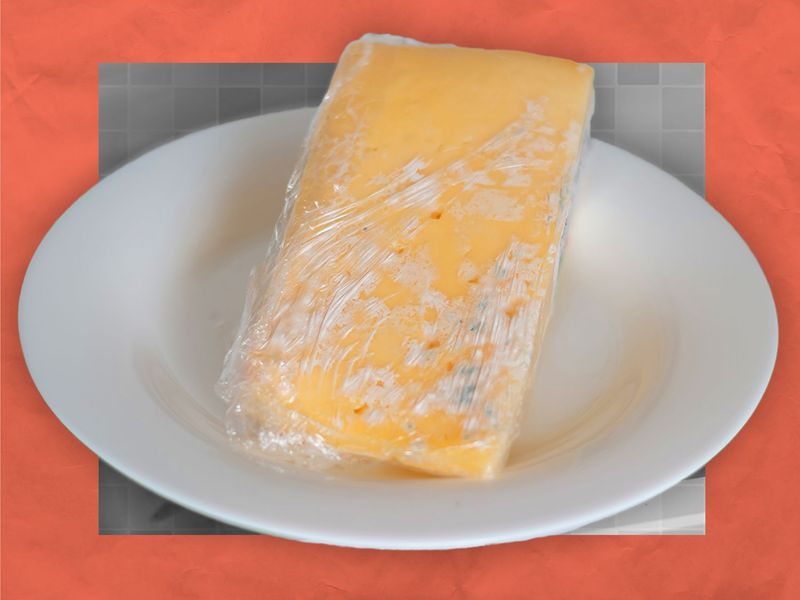
Moldy cheese can be a sneaky inhabitant of your fridge. Often forgotten, it silently grows blue and green spots, releasing an unpleasant odor.
While some cheeses like blue cheese are meant to be moldy, others, such as cheddar or mozzarella, should not develop these unsightly spots. It’s vital to regularly check your cheese stash, especially the ones hiding in the back.
Keep an eye on expiration dates and store your cheese properly to avoid unnecessary spoilage. A little attention goes a long way in preventing this common fridge offender.
Wilted Lettuce
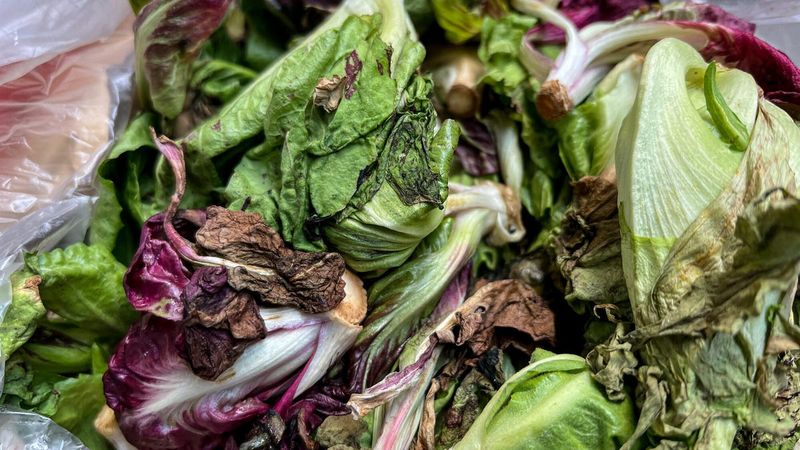
Wilted lettuce is a common sight in many refrigerators. Once crisp and fresh, it now droops lifelessly, a victim of neglect.
Over time, moisture and lack of care cause lettuce leaves to lose their vitality. This vegetable is often forgotten in the crisper, overshadowed by newer purchases.
To keep lettuce fresh, store it in a sealed container or bag, and ensure it’s dry before refrigerating. Revive slightly wilted lettuce by soaking it in ice water for a few minutes, and remember to use it promptly in salads and wraps.
Expired Yogurt
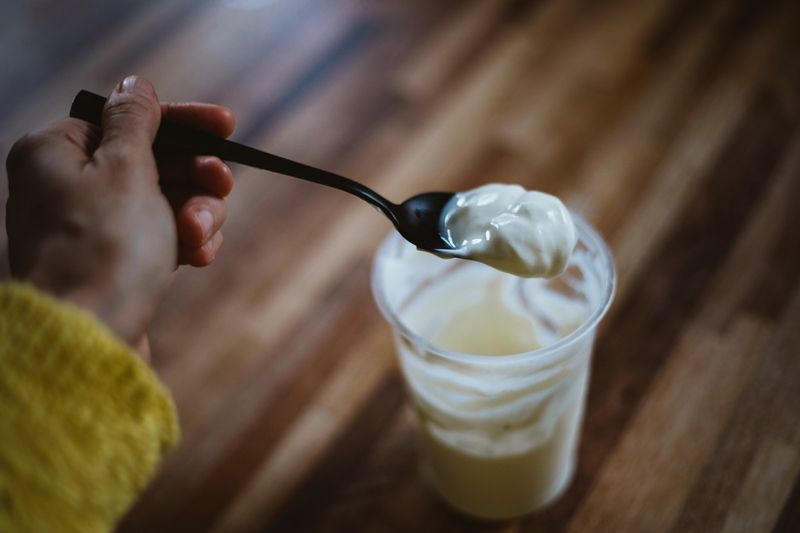
Expired yogurt is a silent lurker in many fridges. Often pushed to the back, it waits, forgotten, until the date stamped on its lid becomes a distant memory.
Though yogurt can last a bit beyond its expiration, it eventually turns sour and unpalatable. It’s crucial to rotate your stock, placing older containers at the front and checking dates regularly.
To avoid waste, consider buying yogurt in smaller quantities or freezing it before expiration. A little planning can prevent this dairy dilemma from taking root in your fridge.
Old Condiments
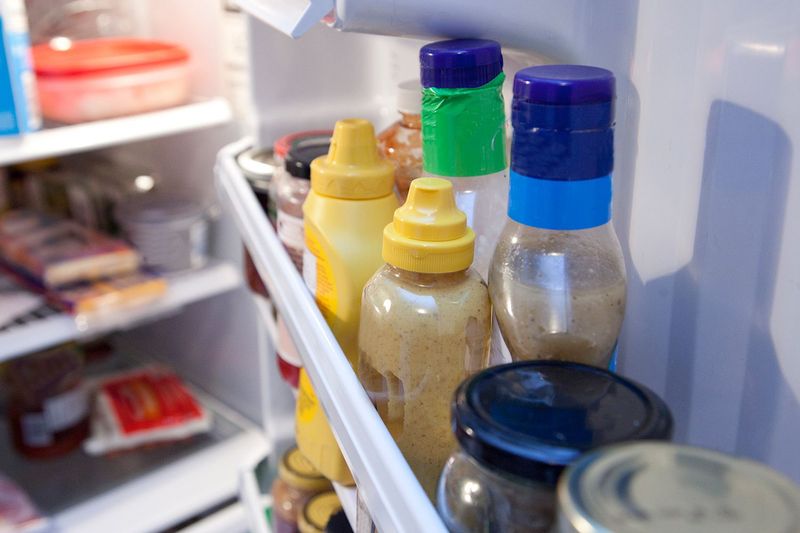
Old condiments are the secret hoarders of fridge space. These half-used bottles and jars linger for months, sometimes years, quietly occupying valuable real estate.
Ketchup, mustard, and salad dressings are notorious for overstaying their welcome. They may not seem spoiled, but flavors and textures degrade over time.
Regularly cleaning out your condiments is essential. Check expiration dates, and if in doubt, give them a sniff or taste test. Replace or discard those past their prime to refresh your fridge’s flavor arsenal.
Unused Vegetable Broth

Unused vegetable broth often hides in the recesses of the fridge. Bought with great culinary intentions, it’s frequently forgotten and left to expire.
Its subtle flavors make it a versatile ingredient, but neglect turns it into a waste of space. Expired broth loses its freshness and can compromise your dishes.
Stay mindful of your broth’s expiration date and use it in soups, stews, or sauces. If you can’t use it in time, freeze it in portions for future cooking, ensuring this fridge staple remains a useful asset.
Forgotten Leftovers
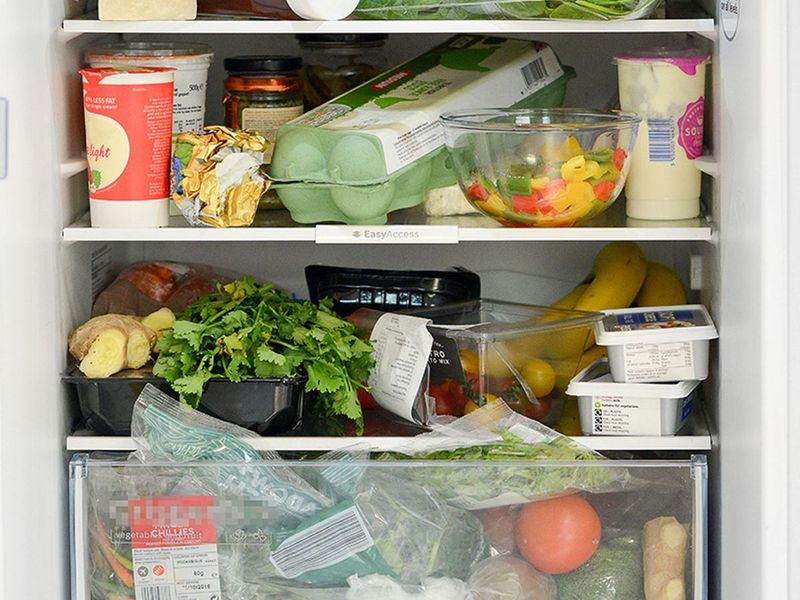
Forgotten leftovers linger in the shadows of your fridge, relics of past meals. With time, they transform into mysterious, unidentifiable substances.
These containers often get pushed to the back, overshadowed by fresher items. Left unchecked, they become a breeding ground for bacteria and unpleasant smells.
To avoid this, label leftovers with dates and keep them at the front of the fridge. Set a weekly reminder to consume or discard them. This simple habit keeps your fridge organized and free from unwanted surprises.
Stale Bread
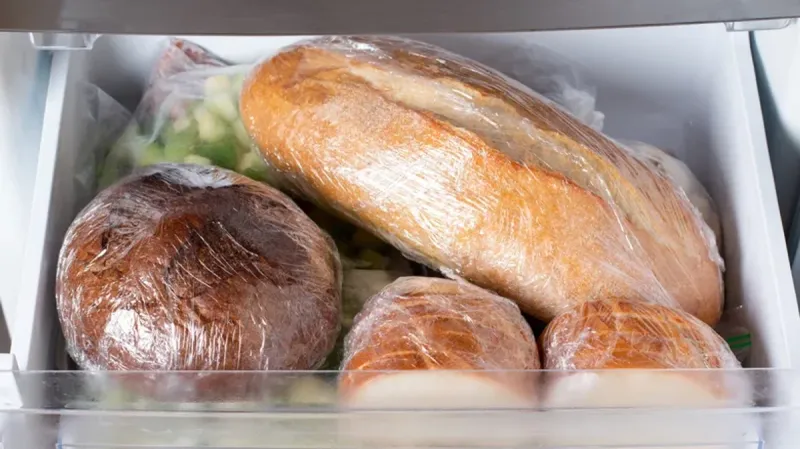
Stale bread is a fridge staple that often overstays its welcome. Once soft and inviting, it becomes tough and unappetizing when forgotten.
Bread doesn’t usually belong in the fridge, as cool temperatures can accelerate staleness. However, many store it there to prolong shelf life, ironically resulting in the opposite.
To avoid stale bread, store it in a breadbox or freeze it if you can’t consume it quickly. Use stale bread creatively in recipes like croutons or bread pudding, turning potential waste into culinary delight.
Spoiled Milk
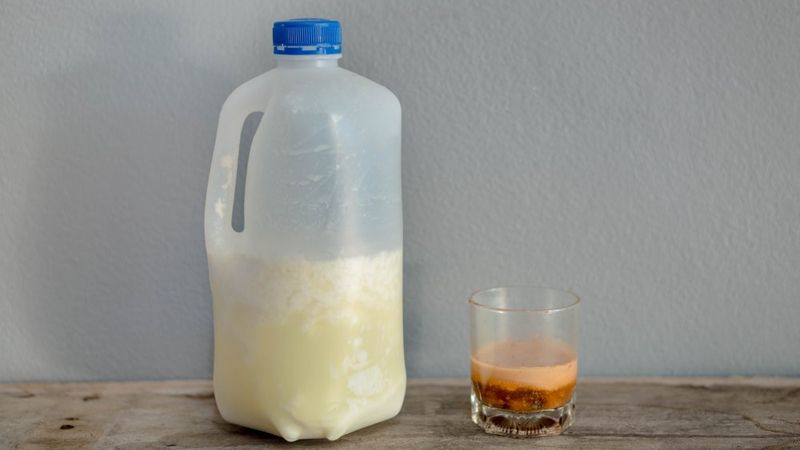
Spoiled milk is an all-too-familiar fridge disaster. Once fresh and creamy, it turns sour and chunky, becoming unusable.
Milk’s short shelf life means vigilance is necessary. Check expiration dates, and trust your senses; if it smells or looks off, it’s time to discard it.
Consider buying smaller quantities or switching to milk alternatives with longer shelf lives. Proper storage in the coldest fridge section can also extend freshness, preventing this dairy mishap from ruining your breakfast.
Unripe Avocados
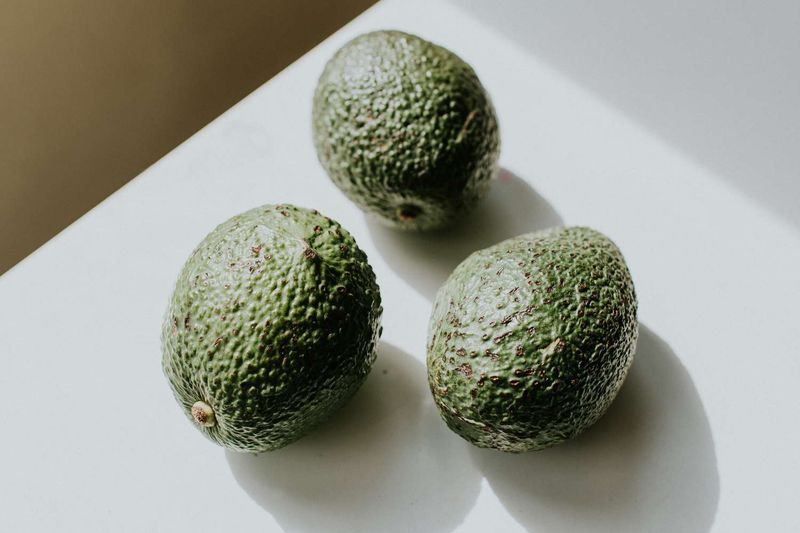
Unripe avocados are fridge space wasters, often forgotten in the fruit drawer. Their hard, green exterior promises future ripeness, but improper storage can delay this process indefinitely.
Avocados ripen best at room temperature. Refrigeration halts ripening, leading to unappetizing, hard fruit. To avoid this, leave avocados out until they begin to soften.
Once ripe, move them to the fridge to halt further ripening. This simple temperature management ensures avocados are always ready for your favorite toast or salad, preventing them from becoming fridge freeloaders.
Half-eaten Apples

Half-eaten apples are a common, yet unfortunate fridge sight. Their exposed flesh quickly browns and softens, making them less appealing with each passing day.
The initial crisp bite fades, leaving behind a neglected snack. This waste can be avoided by storing apple slices in airtight containers or using lemon juice to prevent browning.
Encourage finishing apples by slicing only what you need. If you find yourself with leftovers, transform them into applesauce or baked goods, ensuring every apple is a valued part of your diet and not just a forgotten fridge remnant.
Old Eggs

Old eggs are a silent fixture in many fridges. Their seemingly endless shelf life leads to complacency, but they do go bad, leaving you with a smelly surprise.
To test egg freshness, use the float test; fresh eggs sink in water, while older ones float. Regularly rotate your egg supply, keeping dates in mind.
A keen eye on your egg stash ensures your breakfasts are always fresh and prevents unpleasant surprises. If eggs are nearing expiration, use them in baking or hard-boil them for a convenient snack.
Leave a comment